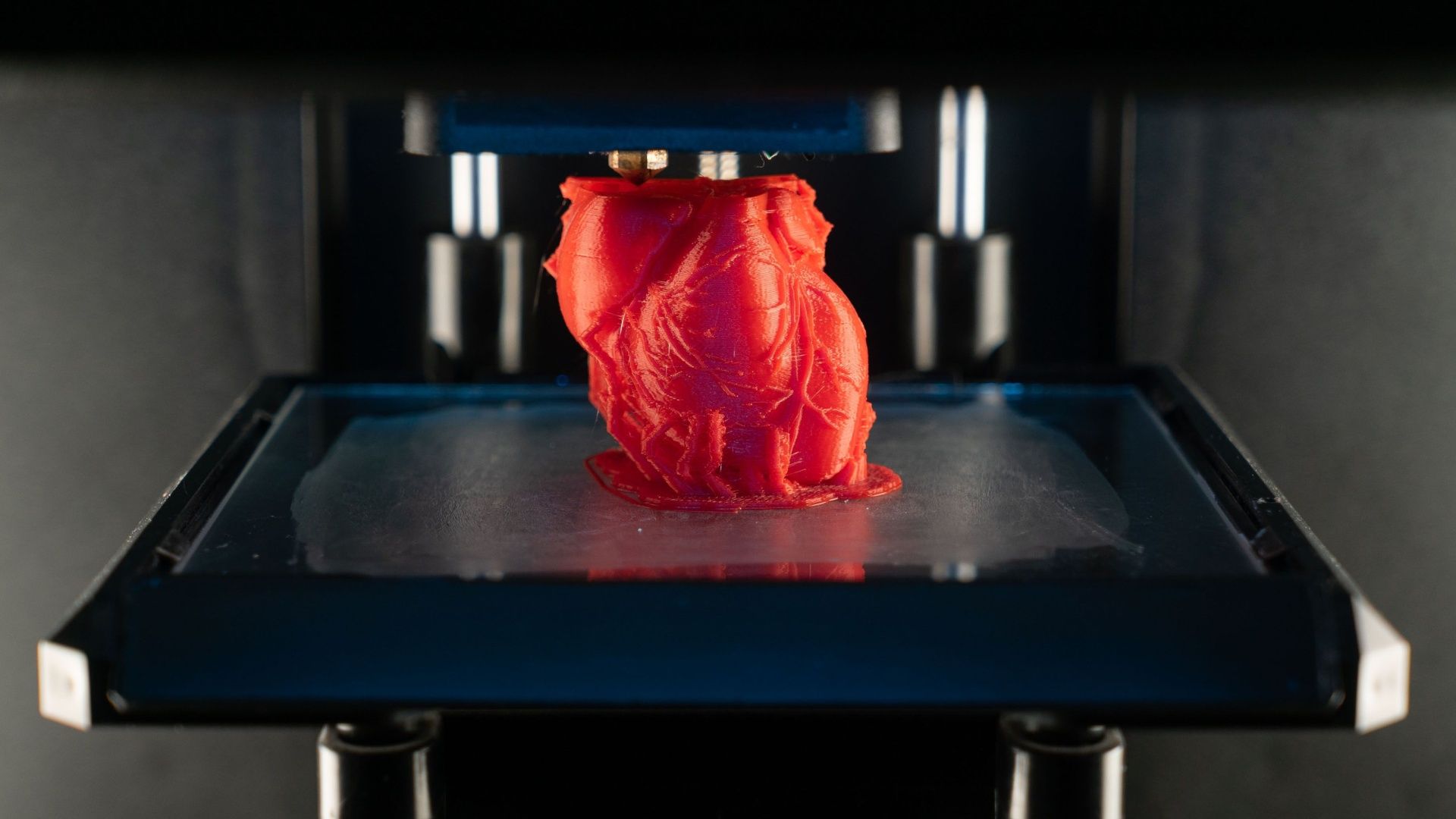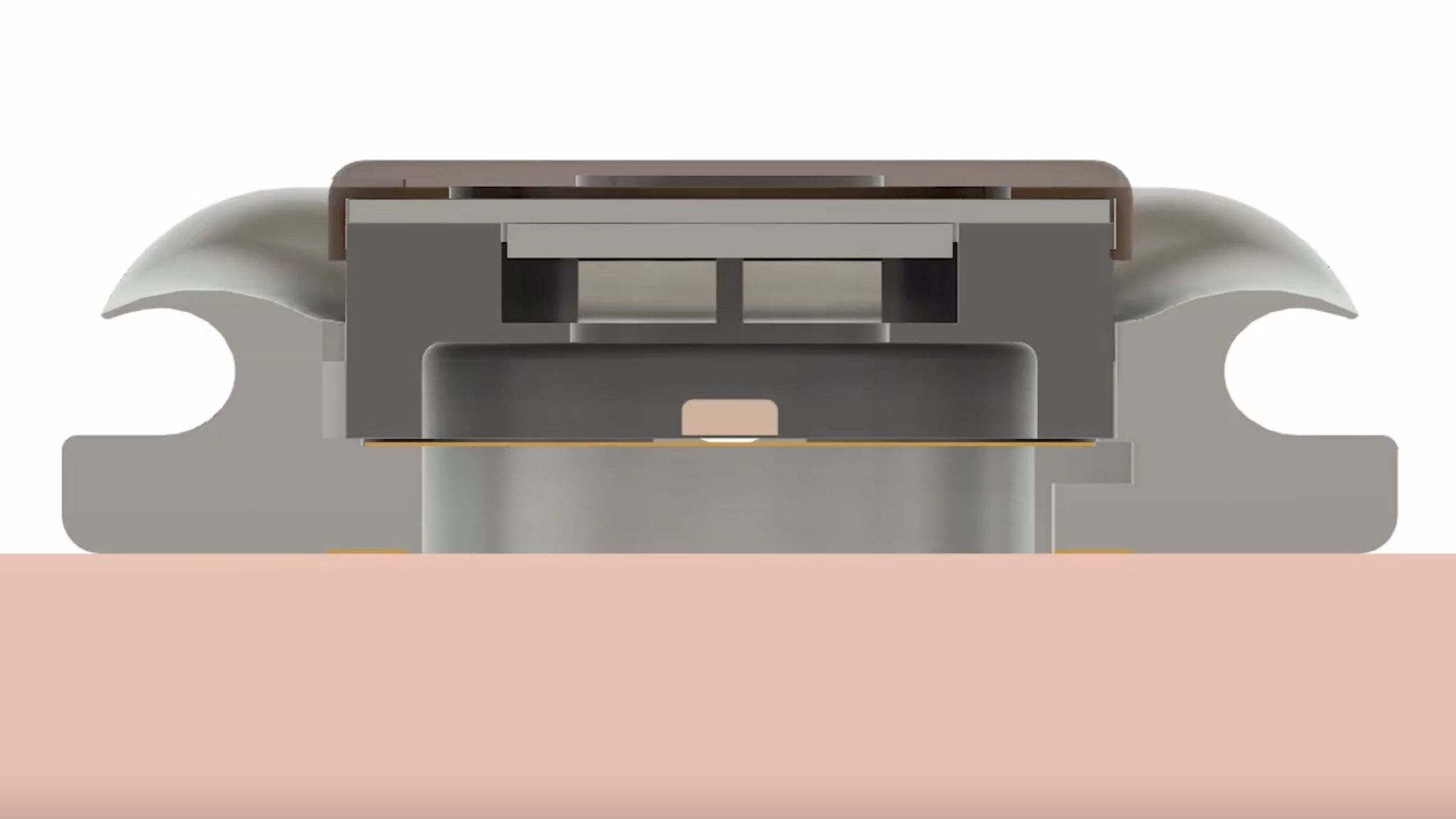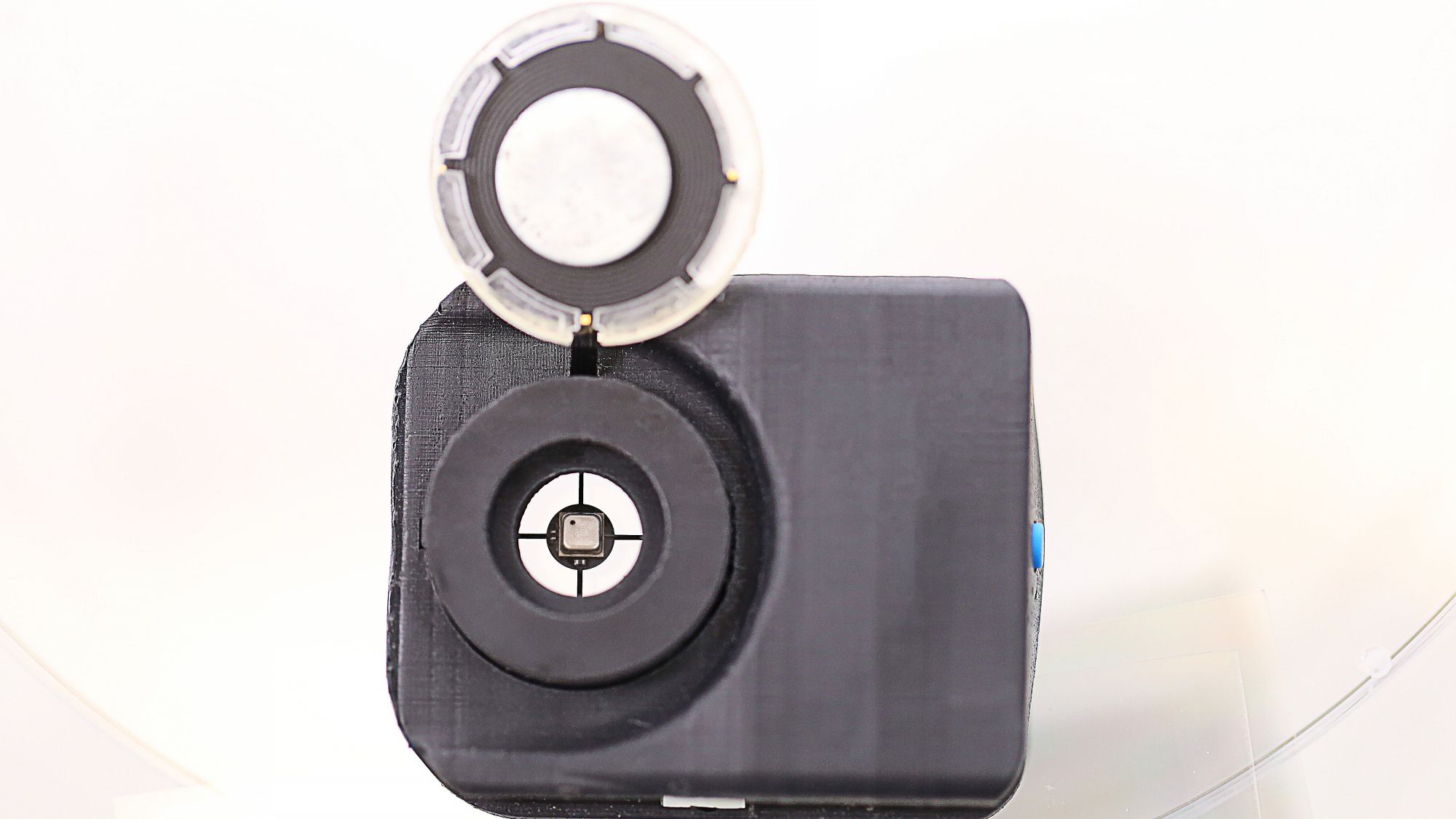Summary
- This wearable skin sensor can non-invasively track skin health by analyzing gases absorbed and released.
- The device analyzes water vapor, CO2, VOCs, skin temperature, detecting infections, wounds, and hydration levels.
- It enables remote monitoring of patients’ skin health, including wound healing, without physical interaction.
Your smartwatch is capable of measuring the heart rate, taking an electrocardiogram reading, and even gauging blood pressure. What it can’t do is measure the health status of your skin or track the progress of wound healing.
Now, a next-gen non-contact wearable device is promising to do just that, and then some more.
A New Breed of Wearable Devices
Over the past few years, wearable devices have exploded in popularity and adopted different form factors. From smartwatches and fitness bands to smart rings, the mainstream adoption has spurred some impressive developments. However, inherent challenges with the underlying light-based sensor have somewhat slowed down the pace of innovation.
Skin-based patches and microfluidics technology, on the other hand, have shown a lot of promise. The latest such development comes courtesy of researchers at Northwestern University, where a team has created what they claim to be the first wearable device that can analyze the gases absorbed and released by the human skin.
The device broadly analyzes water vapor, carbon dioxide, and volatile organic compounds (VOCs), and can measure skin temperature levels, as well. The underlying idea is that the interaction of skin with different kinds of chemicals creates a unique gaseous climate around the surface.
The non-invasive wearable contains a chamber where these gases move in and change the native climate in this chamber. The sensors fitted inside the 3D-printed wearable device measure the changes happening inside the chamber, allowing experts to study skin health. A crucial advantage of this sensor is that it allows for non-contact analysis of the skin, helping avoid any further risks to damaged tissue.
This no-contact approach is particularly well-suited for people nursing an injury, newborns, and elderly people. Moreover, it can help assess the status of skin surface trauma such as abrasions, ulcers, and wounds without having to physically interact with them.
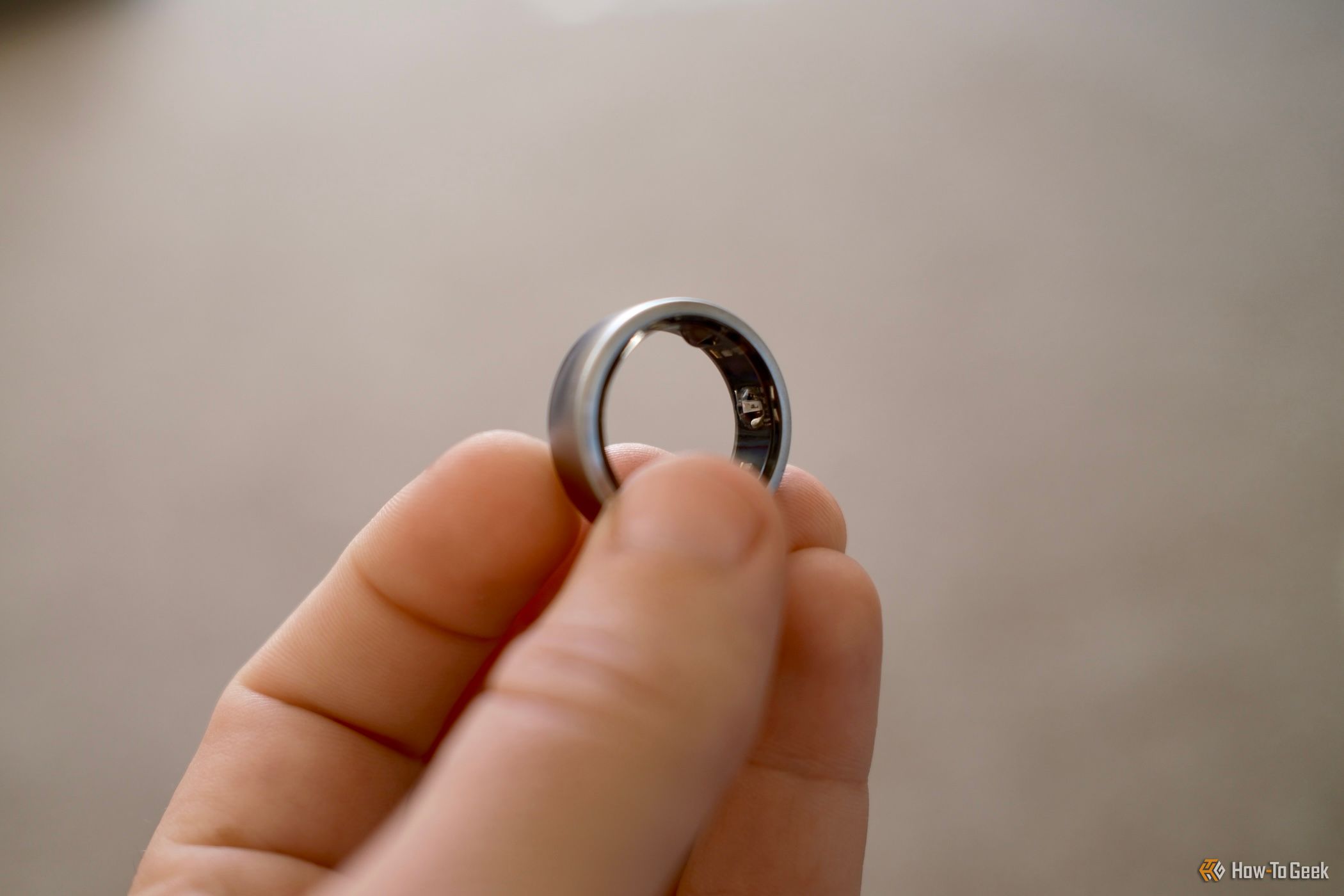
Related
Here’s Everything I Wish I Knew About Smart Rings Before Getting One
If you’re over smartwatches, but want sleep and fitness tracking a smart ring may be your best bet.
The Working Mechanism
The wearable device described above relies on an epidermal flux sensor (EFS) that helps with analysis of carbon dioxide, water vapor, and a wide range of volatile organic compounds (VOCs). These chemicals offer a reliable look into the human body’s well-being, environmental factors that can be hazardous, and the healing status of wounds.
The device tips the scales at 11 grams, while the 130 mAh battery lasts a full day on a single charge. That’s essentially the same battery mileage that you get from a mainstream smartwatch, such as the Apple Watch Series 10. There’s a magnetic disk that is used to open and close the onboard chamber for vapor collection. The core components include a gaseous chamber, a valve to control the flow of these gases, and a circuit board that transmits all the data to a connected smartphone over Bluetooth.
The lower portion of the chamber also includes dedicated sensors that can measure electrical impedance, thermal conductivity, and the skin temperature. The valve opens and closes rapidly to collect a sample of vapor right above the skin surface. The aforementioned sensors then analyze the change in the concentration of various gaseous materials. Doing so offers an insight into the kind of materials entering and leaving the body through the skin.
So, how are these chemicals tied to overall physical wellness? As per experts, they are a sign of bacterial activity and also serve as a marker for healing progress. An analysis of the vapor situation close to the skin’s surface can help physicians assess the chances of infection, evaluate the healing process, and even check if a certain lotion is working.
A Safer and More Versatile Approach
The health sensors you typically find on a smart ring, fitness band, or a smartwatch such as the Samsung Galaxy Watch include a photoplethysmogram (PPG) sensor that works alongside LED lights and light-sensitive photodiodes (PD) to shine light through the skin’s surface. The sensor essentially studies the volume of blood flowing through the vessels, and, as such, needs steady and tight contact with the skin surface. However, factors like skin color, fat levels, tattoos, and sensor hygiene are known to affect the accuracy of these optical reflective sensors.
In the realm of microfluidics, there are sensors that can analyze the chemical composition of sweat. Perspiration, in fact, is a fantastic source of assessing hydration levels and also for analyzing the presence of various ions in the body. But, once again, sweat sensors require skin surface contact. The non-contact wearable sensor developed by Northwestern researchers solves that problem by focusing on gas analysis.
“By analyzing these gases, the device offers an entirely new way to assess skin health, including monitoring wounds, detecting skin infections, tracking hydration levels, quantifying exposure to harmful environmental chemicals, and more,” says a release from the institution. Additionally, as per the paper published in the Nature journal, the sensor can also be used to assess hazardous chemicals entering our body through the skin from the immediate surroundings.
Another noteworthy advantage of the non-contact wearable device is that it allows healthcare professionals to remotely monitor the physiological health of patients based on the gaseous analysis of their skin. In doing so, the device addresses the hassle of visiting a hospital and getting skin analysis done using bulky and complex machines.
“Having a device that can measure transepidermal water loss remotely, continuously or as programmed by the investigator — and without perturbing a patient during sleep — is a major advance,” Dr. Amy Paller, a dermatology expert at the university’s Feinberg School of Medicine, was quoted as saying.
A Few Unexpected Benefits
For people dealing with diabetes, wound healing is a challenge. Due to high blood sugar levels, factors such as inflammation, nerve damage, irregular blood circulation, and a weakened immune system delay the healing process. If not treated properly, amputation surgery is the last resort. Needless to say, it’s crucial to keep a vigilant eye on the status of wounds. That’s where the EFS skin wearable comes into the picture.
The team tested the device’s efficacy on injured mice (both healthy and diabetic) and noticed irregular gaseous changes near the wound site. By keeping an eye on any abrupt change in the water vapor and volatile organic compound (VOC) vapor activity on the skin, users or healthcare providers can gauge the injury status. As the research paper puts it, “unsupervised EFS users can assess wound-healing status, such as tissue integrity, wound closure, and bacterial infection.”
The unique sensor can also offer an insight into the overall hygiene level of skin. As part of tests conducted on human participants, the sensor was able to identify varying levels of VOC vapors and carbon dioxide presence on the skin surface, which correspond to general skin hygiene and disorders that attract harmful bacteria. As per the experts, the change in concentration of VOC molecules on the skin is also a reliable sign of exposure to ultraviolet (UV) rays, which cause sunburns.
A similar concept can be applied to check the presence of other factors, such as harmful nearby gases, that could be affecting the skin and the overall health, in general. Using the insights gleaned from the on-skin vapor environment, experts can also measure the effectiveness of lotions and creams. For example, harmful animals like mosquitoes are attracted due to the presence of carbon dioxide and volatile organic compounds on the skin.
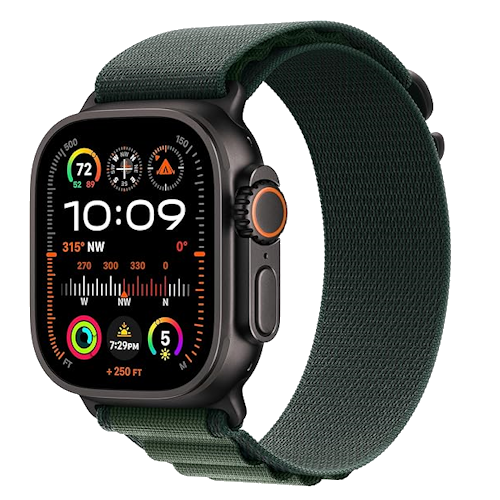
The readings from a gas-based skin sensor can help assess how soon a lotion can go past the skin barrier, measure the safety of cosmetic items, and check the efficacy of other skin-based treatments. The team at Northwestern University is now focused on adding a more versatile gas sensor that can identify a wider range of gases and track the pH level, as well. Once that takes shape, the device will be able to target a wider range of biomarkers and offer an even more comprehensive insight into the physiological well-being of a person.




